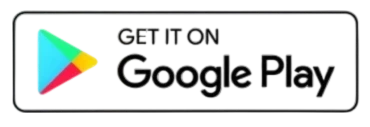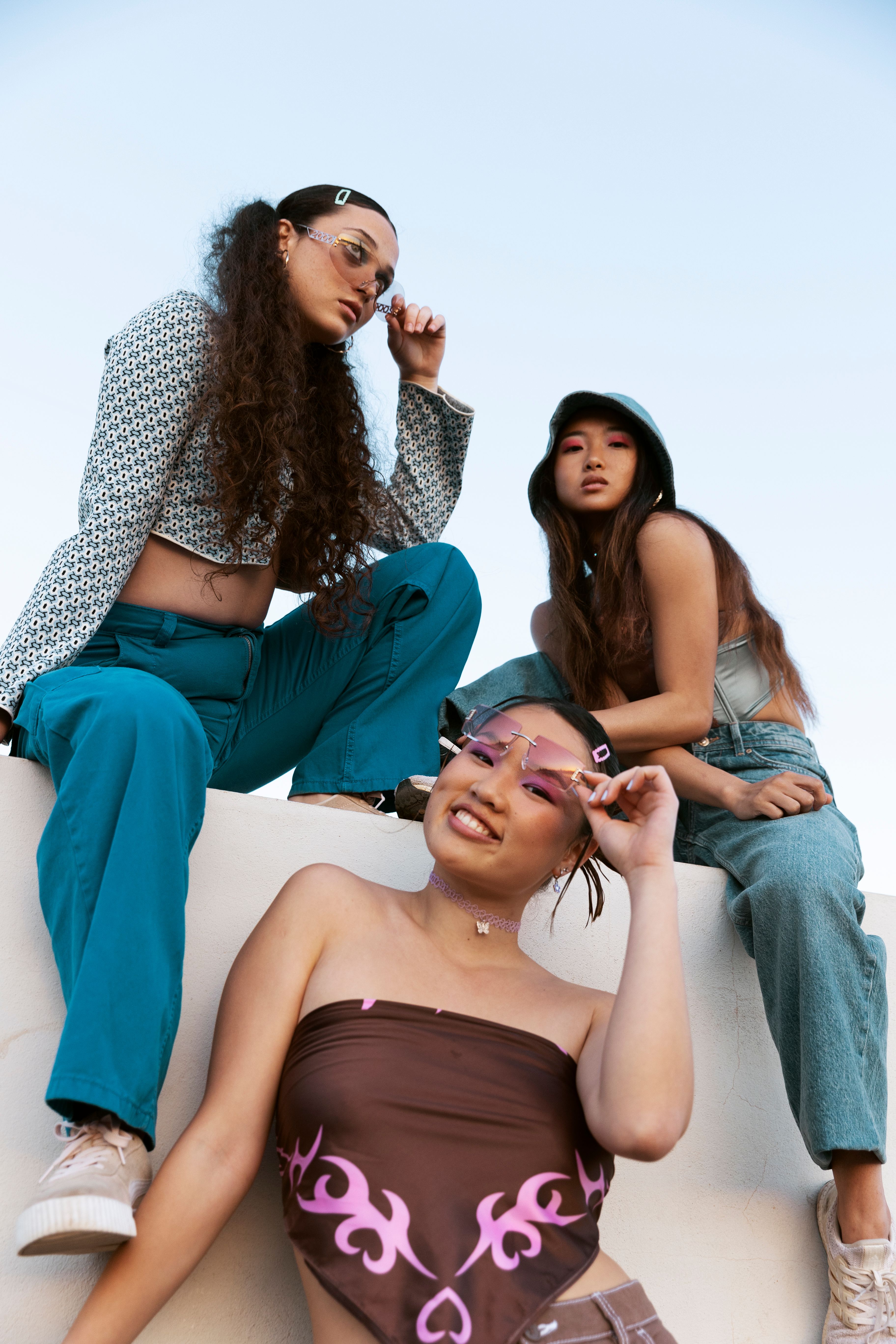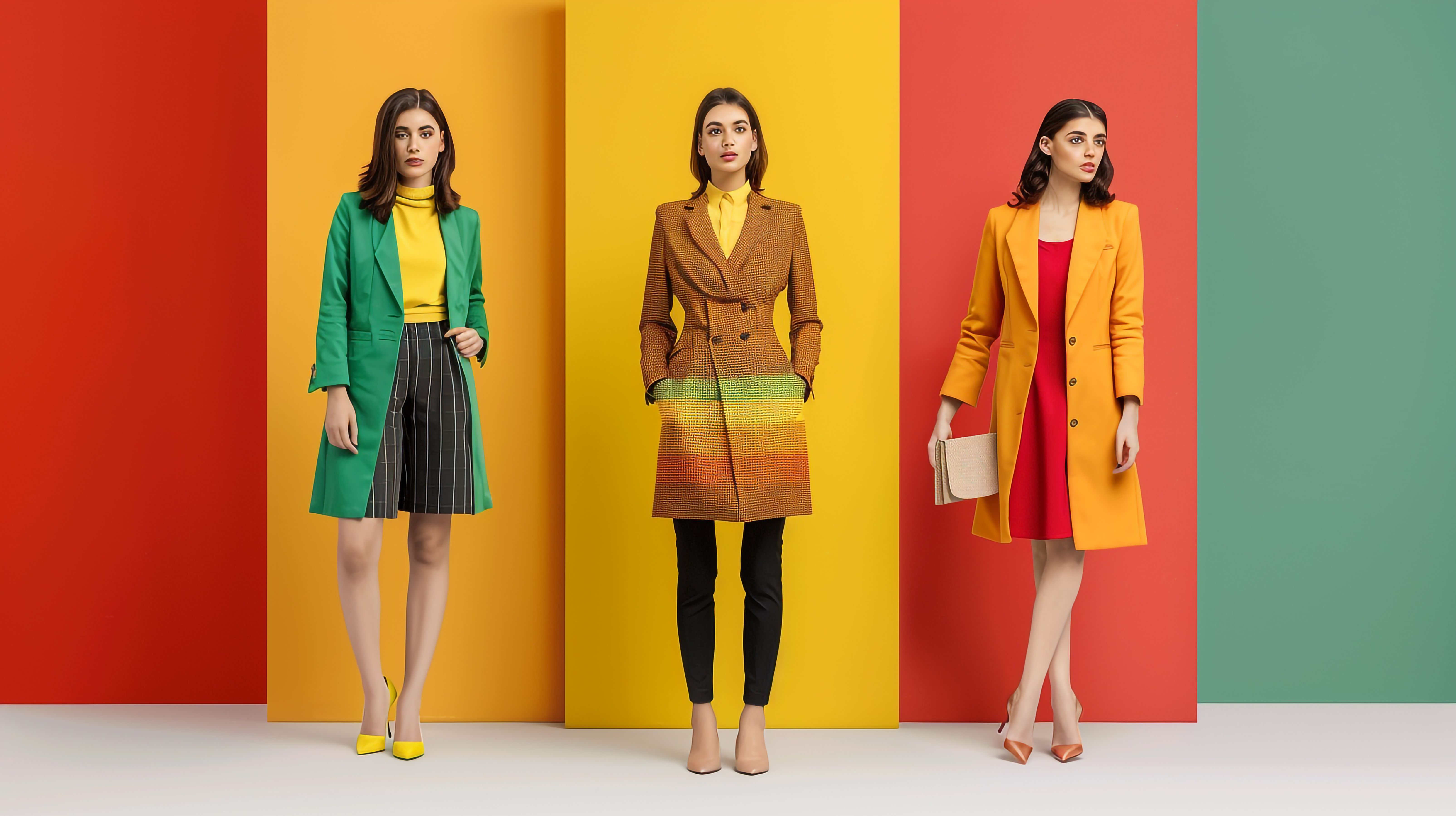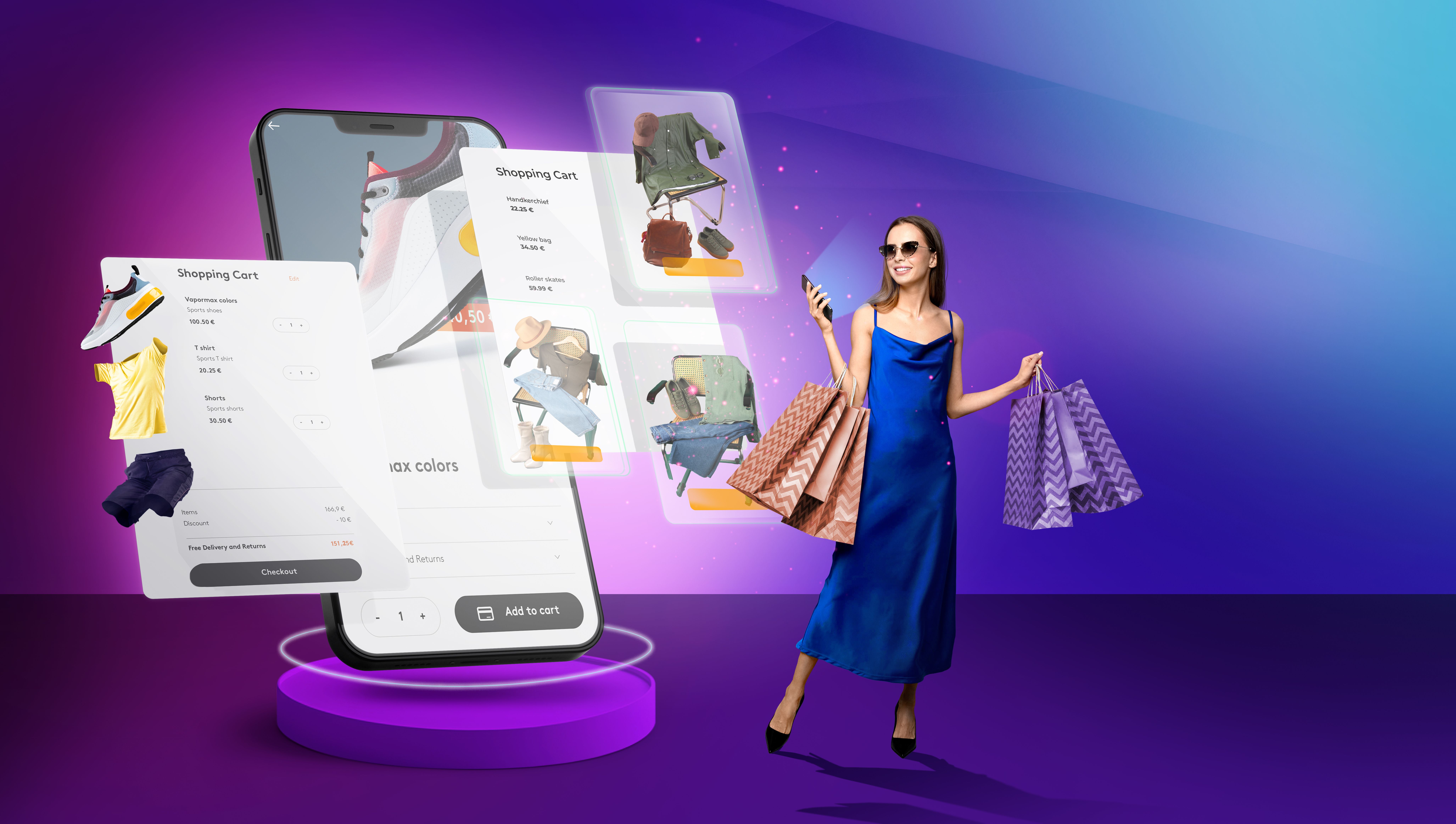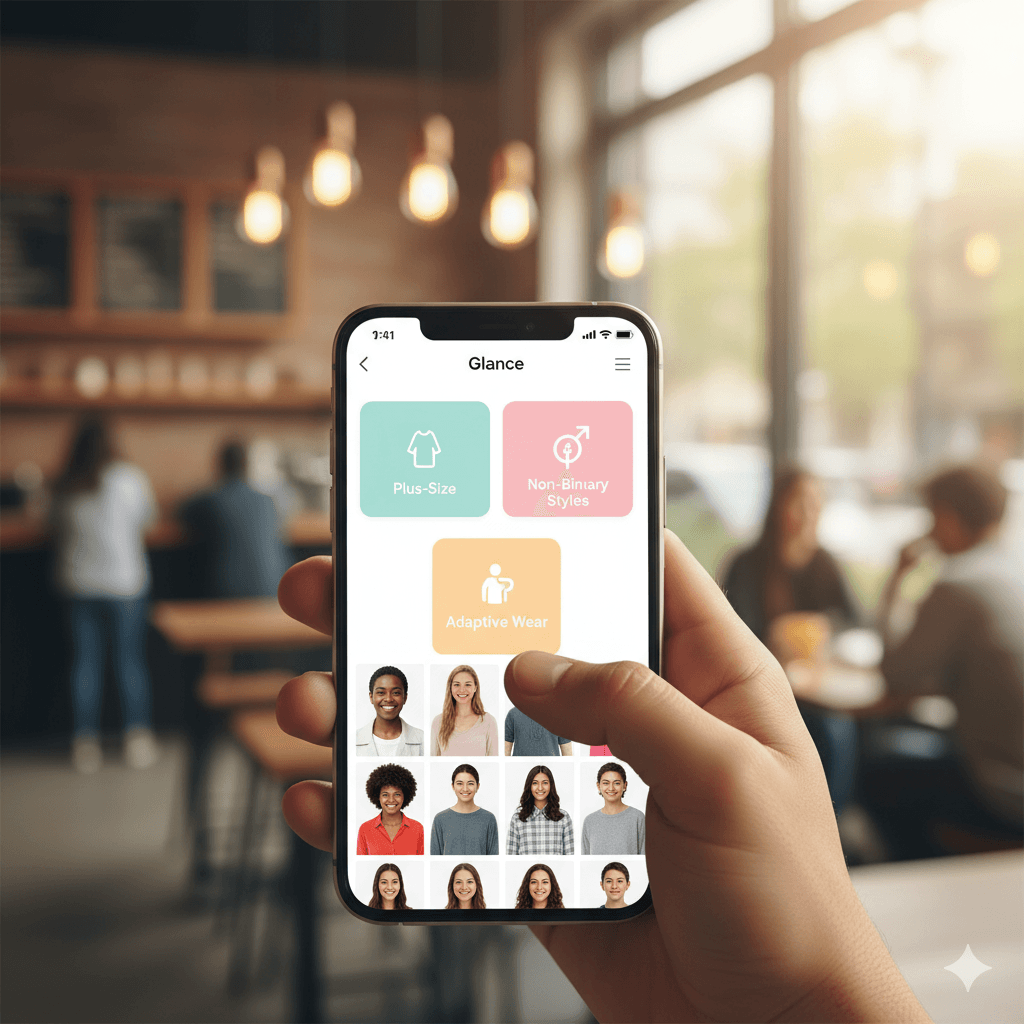How Fashion Inspiration Evolves Through Social Media
Outfit Planner Case Studies: Real-World Success Stories


TL;DR
- Real-world case studies show how an outfit planner transforms chaotic wardrobes into curated systems, boosting garment use and reducing decision fatigue.
- Technology integration (smart closets, analytics, apps like Glance) anchors the outfit planner in everyday style, from workwear to special events.
- With the Outfit Planning cluster evolving, these success stories point to a future where your closet and planner do much of the thinking for you.
What an Outfit Planner Really Means in Modern Style

An outfit planner is a digital or app-based tool that helps you organise, schedule and optimise your wardrobe. The concept is not just about saving time, it's about improving how often you wear what you own and reducing the stress of “what to wear today.” In the realm of the Outfit Planning cluster, multiple research papers show how wardrobe management apps can drive behavioural change. For example, one study found that wardrobe-management apps helped users increase garment utilisation and reduce over-consumption.
Using platforms like Glance makes the outfit planning more helpful; it suggests outfit ideas on its own instead of waiting for users to explore.
Case Study 1 – Wardrobe Management Apps & Garment Utilisation
In a 2025 study published by Heriot‑Watt University, researchers analysed 27 wardrobe-management apps and 5,953 user reviews. They found that “470 users reported behavioural shifts related to reduced overconsumption and increased garment utilisation,” while “210 users described psychological benefits such as improved mental clarity and reduced anxiety.”
Key outcomes for the outfit planner narrative:
- Users who engaged with the planner system wore more of what they already owned.
- Decision fatigue and wardrobe-overwhelm dropped.
- The planner flattened the “unused clothing” problem by making tracked inventory visible and actionable.
For example, a user might receive a reminder via the planner: “You haven’t worn that jacket in 150 days—here’s an outfit idea.” With apps like Glance, that suggestion can be contextualised further (weather, calendar, trend). This case reinforces how Wardrobe Management adds structure, reminding you of forgotten pieces and turning a closet into a tool rather than a junk drawer.
Case Study 2 – UX Redesign of a Smart Closet App
A UX project titled “Smart Closet” (by University of California, San Diego Interaction Design Specialisation) explored how users respond to a digital wardrobe/dashboard system. The designer mapped daily wardrobe pain-points, implemented a system where the outfit planner featured suggested combinations based on what the user owns and their calendar, and tracked interaction metrics.
Outcomes included:
- Users spent less time browsing the wardrobe each morning.
- More varied outfit usage—less repetition.
- Higher ratings for ease and confidence when planning for workwear or social events.
In the context of “success stories,” this example shows how user experience design matters in adoption of planners. When apps integrate deeply with wardrobe systems and planning workflows, the wardrobe planner becomes a habit, not an extra task. Platforms like Glance can plug into this flow by pushing style prompts seamlessly into the user’s mobile experience.
Case Study 3 – Virtual Wardrobe & Style Tech in Practice
While not labelled explicitly “outfit planner,” research on virtual wardrobe systems demonstrates similar tools. For instance, a paper titled “Who Uses Virtual Wardrobes? Investigating the Role of Consumer Traits in the Intention to Adopt Virtual Wardrobes” (2025) explores consumer motivations and outcomes for digital wardrobe adoption.
Key findings:
- Users adopting virtual wardrobe apps often reported better outfit planning, tracking and awareness.
- These systems laid the groundwork for Look planner features—inventory, calendar integration, suggestions.
- Users who engaged were more likely to update their wardrobe data and thus see benefits.
Applied to a “wedding outfit planner app” or a “plus size outfit planner app” scenario, this kind of system helps users pick garments they own, identify gaps, and plan for events with less stress.
For instance: A bride prepping for her wedding might use the planner to map out her bridal look, rehearsal dinner outfit, and honeymoon wardrobe—all tracked and suggested months in advance.
Or someone shopping for plus size looks might use an inclusive wardrobe outfit picker to explore combinations they might not previously consider.
Key Takeaways from These Case Studies & How the Outfit Planner Will Evolve
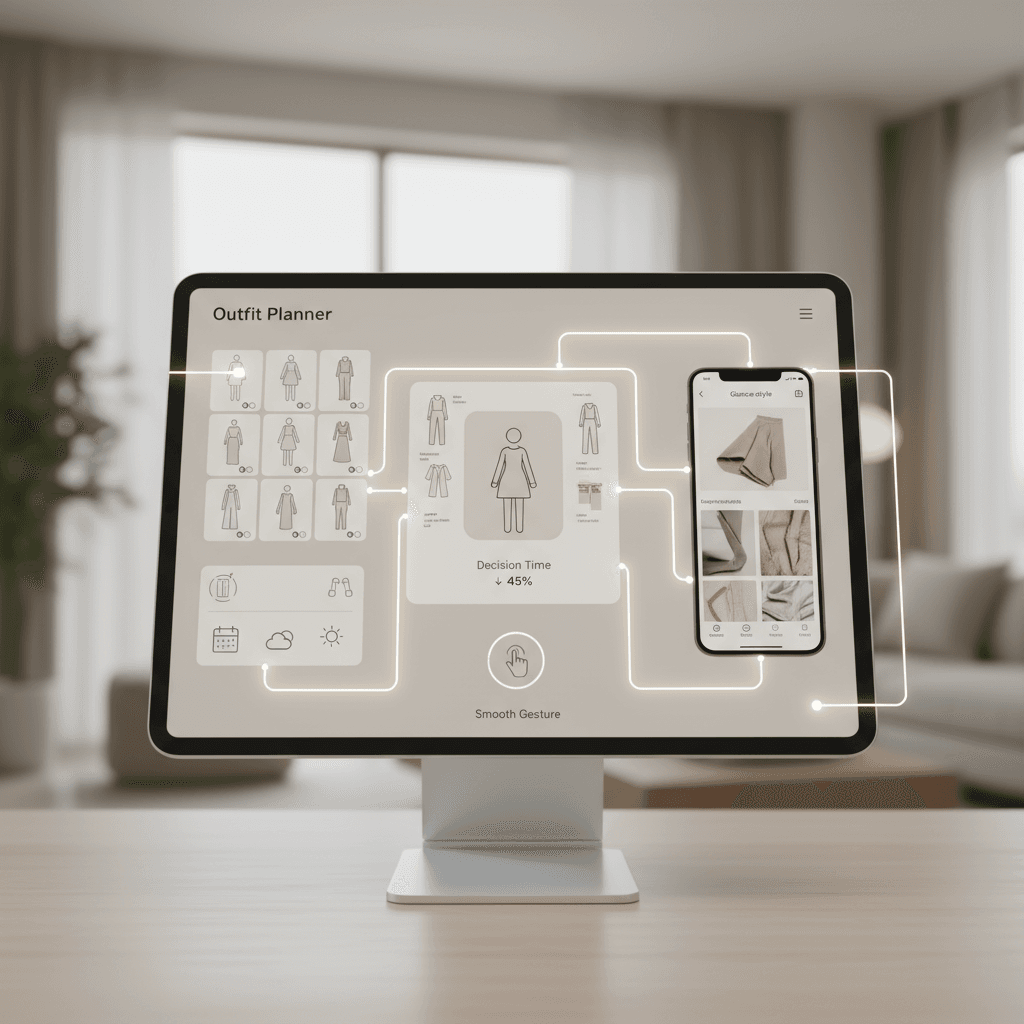
Five Key Lessons:
- Visibility + Tracking = Engagement – The best outfit planners show the full wardrobe and track use, rather than hiding it in clutter.
- Automation and Context = Relevance – Planners that sync with calendar, weather or events (work meeting, casual weekend, wedding) deliver better suggestions and higher adoption.
- Behavioural Change Happens Slowly but Meaningfully – The wardrobe-tech sustainability study showed that hundreds of users noted changes in usage and mental clarity.
- UX Matters for Habit Formation – The smart-closet UX case showed that ease, intuitive layout and seamless suggestions matter for long-term success.
- Integration with Experience-Driven Platforms Wins – Apps like Glance, which push style inspiration and suggestions, complement the outfit planner model by offering the “look” while the planner offers the “plan”.
Looking ahead in the Outfit Planning cluster: We’ll see deeper integrations—AI-driven suggestion engines, mood/context recognition (left-hand vs right-hand scrolling, device type), and multi-device wardrobe ecosystems. The Wardrobe planner will increasingly act like a style assistant rather than a static tool.
Conclusion
These case studies demonstrate that an outfit planner is more than a nice-to-have—it can be a game-changer in your wardrobe system. From sustainability-driven behaviour change to UX-driven habit formation, the success stories underline one thing: when you plan your outfits rather than scramble each morning, your style becomes effortless, effective and you make better use of what you already own. With tools like Glance offering timely style prompts alongside a robust outfit planner, wardrobe decision fatigue fades and your wardrobe stays aligned with your life. If you’re ready to move from a chaotic closet to a curated system, dive into tools, track your wardrobe, plan your looks—and let the planner do the heavy lifting for you.
FAQs
Q1: What exactly is an outfit planner?
An outfit planner is a system—often app-based—that helps you organise your wardrobe, plan outfit combinations ahead of time (for work, events, travel), and optimize use of your existing items instead of starting fresh each day.
Q2: How do the case studies show outfit planners succeed?
Studies on wardrobe-management apps found measurable increases in garment utilisation and decreases in over-consumption. UX case studies showed users spent less time deciding and felt more confident about what they wore.
Q3: Does an outfit planner work for any wardrobe size or type (e.g., plus size)?
Yes—the concept works across wardrobe sizes and needs. For example, someone using a plus size outfit planner app can track items, get suggestions tailored to their style, and integrate event-specific planning like weddings or formal occasions.
Q4: Is this technology only for fashion-obsessed users?
Not at all. The value lies in reducing decision fatigue, making your wardrobe work for you, and saving time. Whether you have a minimalist or expansive wardrobe, an Wardrobe planner helps streamline your daily or event-specific style decisions.
Q5: How does the mention of Glance fit into this?
Platforms like Glance complement the outfit planner by delivering real-time style inspiration, trending looks and visual suggestions.

